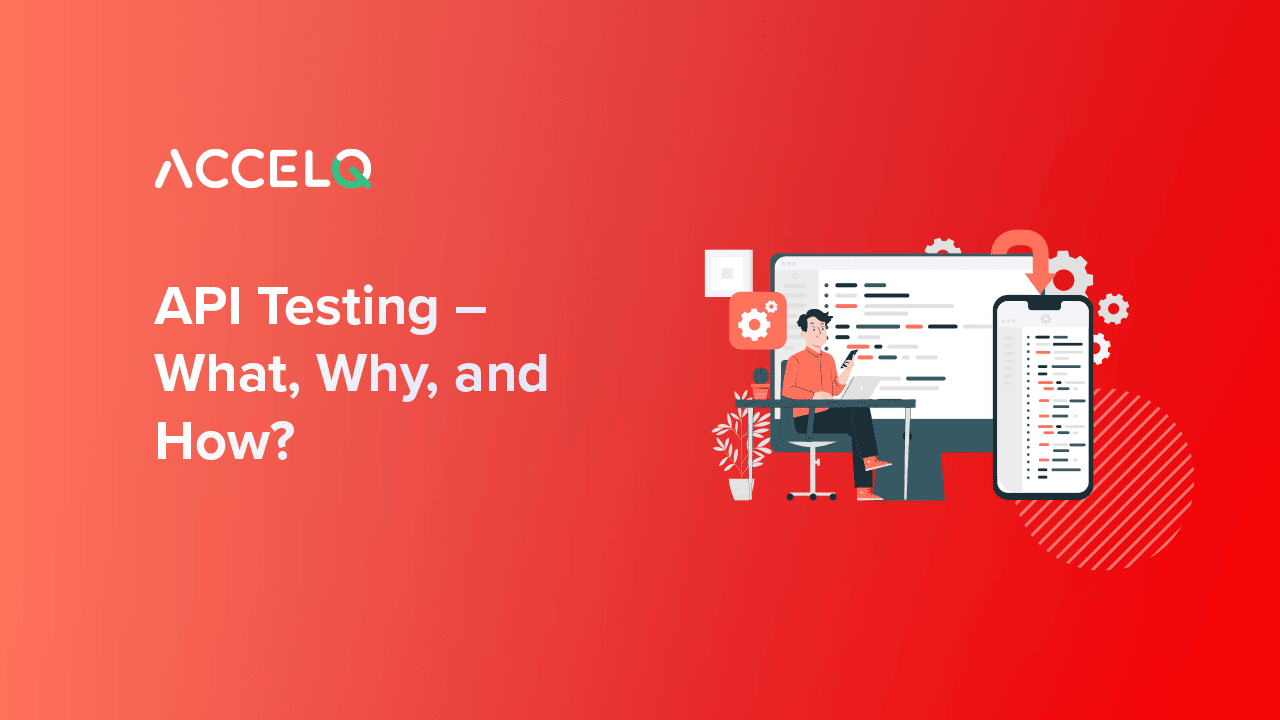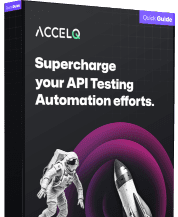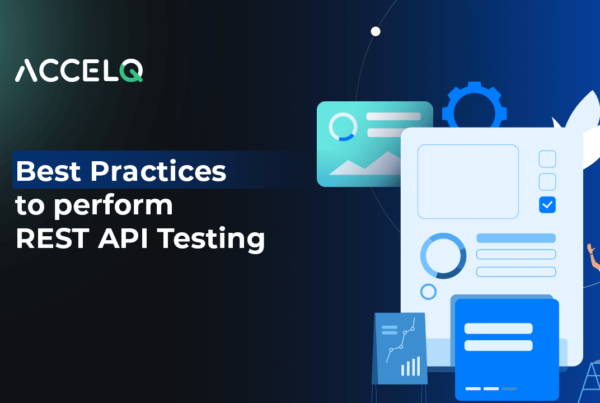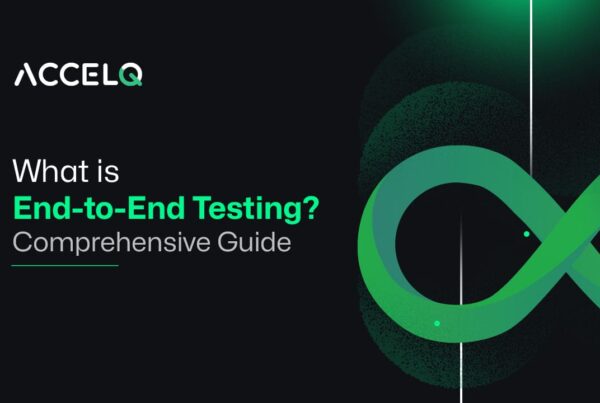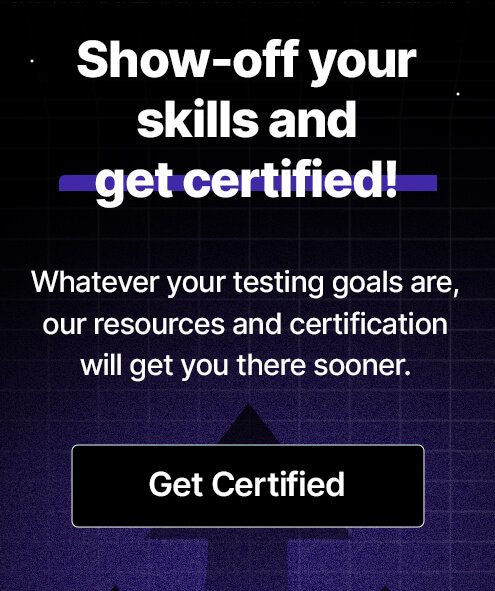API Testing – What, How and Why?

Why is API Testing a Game-Changer? It's simple.
APIs are the unsung heroes connecting various software components. They are like the interpreters in a multilingual conference, translating and transmitting requests and responses between different systems. API testing ensures these interpreters are top-notch, delivering accurate and efficient communication.
Beginning from e-commerce platforms, social media apps, and payment gateways, API testing ensures they all work smoothly together. Not just about functionality but also about creating a secure, robust, and user-friendly digital experience.
As we dive into the blog, we will explore its significance, methodologies, and the challenges it overcomes.
This article explains:
What is API Testing?
API testing involves testing or checking the application programming interfaces (API) against the expectations, use cases, and functionality needed. As a direct testing approach and a part of the integration testing paradigm, it proves to be integral for validating and understanding the functionality of the API and giving context to API's quality, security, and usability.
API testing is now popular for automating tests because of the growth of DevOps and continuous delivery. Test cases in the automated test suite now quickly validate API functionality, regardless of complexity. Also, running these test cases multiple times ensures that the API functions correctly and meets the business needs.
At present, the scope of API testing is immense, and the magnified market potential affirms it. According to Global Industry Analytics Inc., the API testing market is projected to close in on the $2 billion market value by the end of 2026. This growth is attributed to the higher dependency on aptness APIs and their ubiquity in the digital world.
SUGGESTED READ - How to Use ACCELQ for API Automation Testing
What are the Benefits of API Testing?
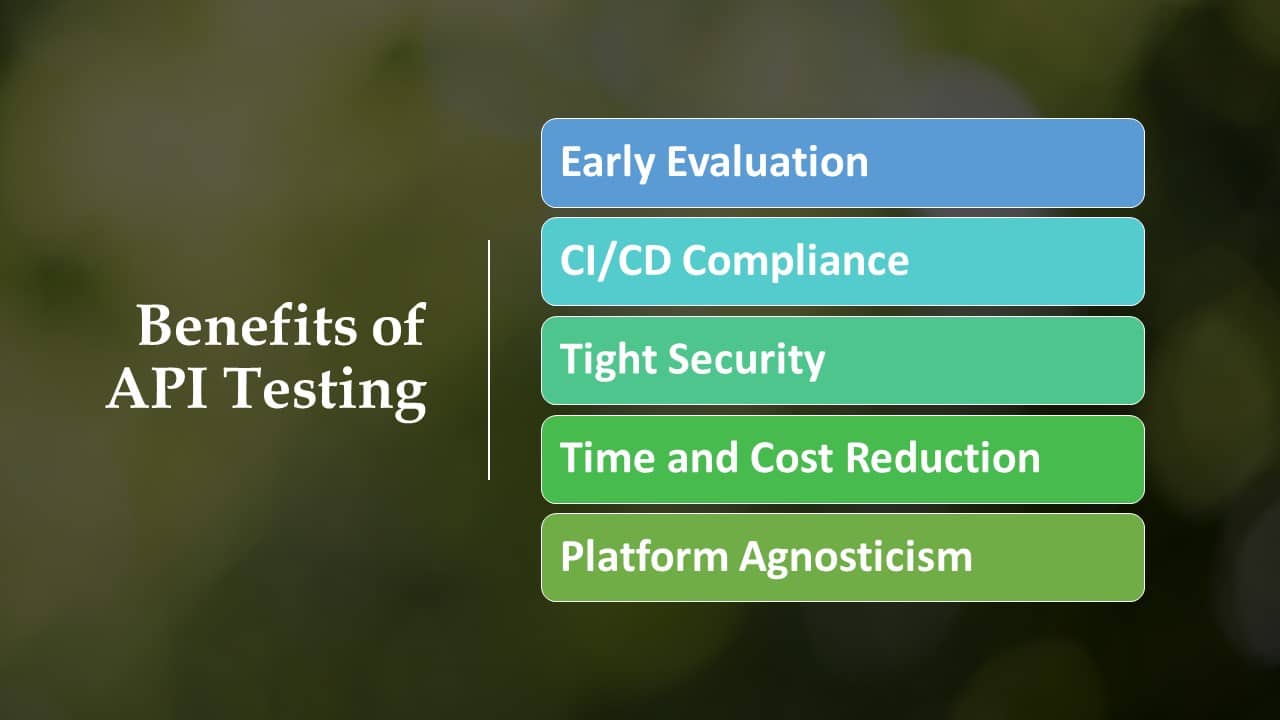
By now, it has been established that is an integral part of the testing cycle. It helps to validate and qualitatively measure the success of business requirements through a defined test case process. More specifically, it helps with:
- Early Evaluation: It evaluates the API early on and measures its success against a test suite. This prevents a lot of loss of time during the development cycle and over-engineering that might be necessary to address minor issues during the later stages.
- CI/CD Compliance: Because API testing can be automated, validating the business requirements through continuous integration and a continuous delivery pipeline is smooth. The end-to-end testing cycle is thus more efficient and relevant, as is the quality of the application.
- Tight Security: API testing is a strong and reliable method. It combines fuzz, penetration, and security testing. This method helps identify and address functional and security issues that an API may encounter.
- Time and Cost Reduction: The testing ensures that the time and resources invested in API testing are well-spent. API testing has many benefits, including faster delivery, adherence to standards, improved security, and a controlled scope. It is important in every development phase and contributes to a comprehensive testing strategy.
- Platform Agnosticism: API testing ensures that the API can be deployed and tested across multiple technologies, regardless of the platform used. With the advantage of testing on different platforms and keeping the availability of both automated and manual testing continuous, API testing becomes a viable option for cross-development frameworks.
All these aspects serve, especially in reducing the risk of delivering an application that is not yet ready for the market.
Challenges in API Testing
1. Initial Setup of API Testing
Setting up the testing infrastructure is a challenging process in itself, not because it's difficult, but because it's a time-consuming process:
1. It's different from other software testing environments as there's no GUI available.
2. The database and server must be configured per the application's requirements.
3. The QA team has to get access to the testing system, get security approvals, and overcome the developer's resistance to performing testing.
Sometimes the setting up process could go on for one or more days. Once the initial setup is completed, the QA team can complete the API testing process.
2. Sequencing of API Calls
The API calls must appear in a specific sequence to achieve the desired result. But sometimes, the API calls may not appear in the sequence expected. This is especially a problem with multi-threaded apps. Haphazard call sequencing could lead to confusion as the tester will not be able to check if the system is working correctly.
3. Selecting, Testing, and Validating the Parameter Combinations
APIs assign data values to parameters. These parameters pass through the data requests to manage communication between the systems. Sometimes the API would assign two different values to the same parameter.
The QA team must test all possible parameter combinations in API to identify any issues with specific configurations. They also need to check if it passes the validation criteria.
Example: The team needs to verify if the parameter data is correct and within the allowed range, whether it's strings or numbers.
4. Updating the Schema of API Testing
The schema of API testing (or data formatting and storage) should be maintained throughout the testing lifecycle as it contains the requests and responses of the API. The QA team needs to ensure that any change in the program that creates an additional parameter for API calls reflects in the schema configuration.
How To Approach API Testing?
1. Define the Scope of Testing
The QA team must start by defining the scope of testing. This includes asking critical questions like what endpoints are available for testing, what should the error message display in the event of an unsuccessful request, what is the workflow of the application, etc. Document all the testing requirements to plan and implement API tests successfully. Determine who will execute the API tests and how frequently they will execute them.
2. Set Up the Environment and Integrate Application Data
Once the scope is defined, set up the testing environment, configure the database and server according to the application requirements, and integrate application data with the API tests to test the API against all configurations.
3. Apply Various Testing Techniques
Perform various testing techniques such as functionality testing, load testing, and security testing to ensure that the API works efficiently. Each serves a specific purpose, so test thoroughly before sending to production. Before starting the testing, make an API call to check if the API is operational and try all the input combinations to check if it delivers the expected results.
4. Choose the Right API Testing Tool
Pick tools that can execute API testing efficiently. Discuss the different tools with developers and the QA team, analyze their pros and cons, check the programing language they are based on, and evaluate if they fit the budget. Consider using codeless API test automation tools to automate API testing and empower the business users to perform testing without writing a single line of code.
5. Develop Test Cases and Analyze the Results
Write and execute test cases and check if the actual results match the expected results. For example, check the behavior of the API in the system when there's no return value in response or check if the response time is within the agreeable limit. Check if the API can handle the expected user load and work seamlessly across different browsers and devices.
6. Document Maintenance
When the test cases are executed, document the results for future reference. Also, make it a point to update the document regularly in case there are changes in endpoints or the backend impacting the API.
Best Practices of API Testing
Here are a few best practices that the QA team can follow for successful testing:
- Develop a flowchart to help the QA team visualize the API calls and enable developers to build calls that correspond with the flowchart. This will help in building successful call sequencing.
- Test for both positive and negative results. In fact, testing experts recommend testing the API till it produces a negative outcome. This will help the QA team to identify the problems.
- Perform API testing for all API input combinations to widen the scope of test coverage.
- Use data that would reflect the conditions the API would face in the production phase. This makes API testing more accurate.
- Use service virtualization to create a simulated environment and test as many test cases, scenarios, and endpoints as possible. This will enable the QA team to confirm that the application provides an acceptable level of security.
- Perform both manual and automated API tests to produce more trustworthy results.
- Automate the documentation creation process to ensure that all the test cases are documented and updated in a standardized format.
Examples of API Testing
1. Testing if a mobile app can pull out the necessary information about the user from Google or Facebook
A user gets two options on installing a mobile app - they could either manually enter their details to sign-up or use the login credentials of Facebook or Google to sign-up. The QA team can do API testing to check if the app is able to work in collaboration with Facebook and Google and pull out the necessary information that's required to access the account.
2. Testing the payment integration in a mobile app
A user may want to use their bank account or PayPal account to pay for the products they have purchased from an eCommerce website. The QA team can do API testing to check if the eCommerce website is able to communicate with the banks or PayPal to process the payment and if it can safeguard the user's details throughout the process.
Why ACCELQ for API Test Automation?
- Speed up the continuous delivery cycle by reducing the dependency on manual testing
- Facilitate end-to-end API validation through chain API tests
- Empower testing engineers to make more informed decisions on the run
- Maintain your standards and respond to business requirements rapidly
- Reduce the cost of development and maintenance of the codebase with a lean testing strategy
Do all that and more with ACCELQ's codeless and automated API testing. We believe in striking a balance between speed and quality.
Geosley Andrades
Director, Product Evangelist at ACCELQ
Geosley is a Test Automation Evangelist and Community builder at ACCELQ. Being passionate about continuous learning, Geosley helps ACCELQ with innovative solutions to transform test automation to be simpler, more reliable, and sustainable for the real world.
